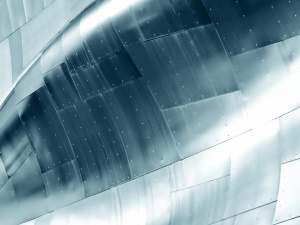Wettability modification of zirconia by laser surface texturing and silanization
Abstract
This paper presents the modification of wettability by nanosecond laser surface textured followed by silanization to fabricate the superhydrophobic zirconia surface. Surface modification by varying the pitch between channels leads to micro‐channel and micro‐grid pattern with different surface roughness. The generated morphological and metallurgical modifications of the surface are measured by scanning electron microscopy (SEM) and X‐ray photoelectron spectroscopy (XPS). Numerous micro‐pits and cracks in the laser‐treated areas can be observed from SEM, which indicates crack propagation dominating the process of laser ablation of zirconia. The surface is superhydrophilic with laser‐texturing instantly, whose wettability is modified over time. By analyzing the XPS, carbon content, especially C‐C (H) groups, is important for the time‐dependent wettability. The hydrophobicity of all laser‐textured surfaces is improved after silanization. Laser texturing with smaller pitch (50 μm and 70 μm) leads to superhydrophobic surfaces after silanization, which may be due to the modification of physicochemical properties of substrate by very rapid local heating and cooling on the thick surface layer. Overall, the investigations indicate that wettability modifications can be attributed to the surface's microstructure, which depend on laser processing parameters, and chemical composition, especially in terms of −CF3, −CF2, and C‐C (H).
Full article:
Source: Preview Image: kertlis/Getty Images



